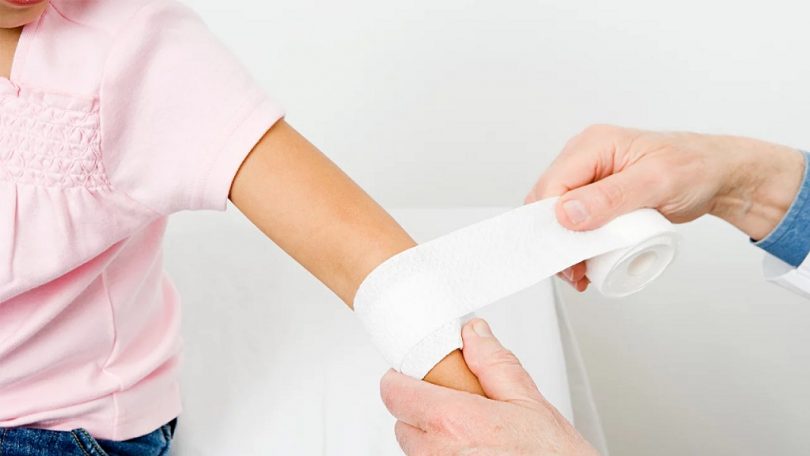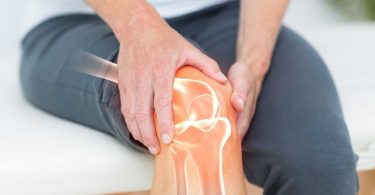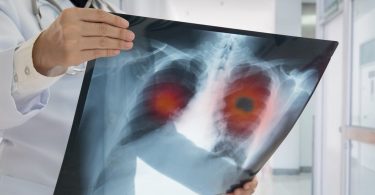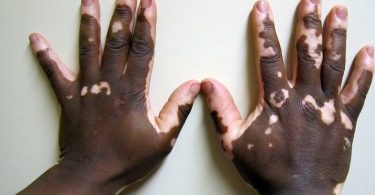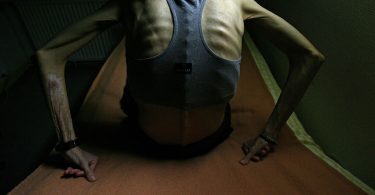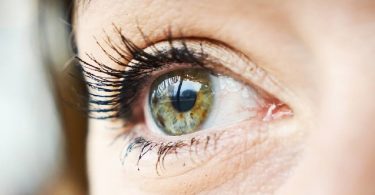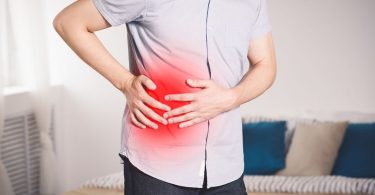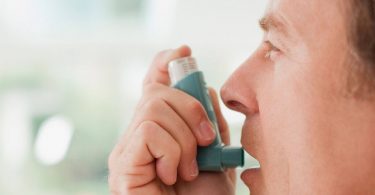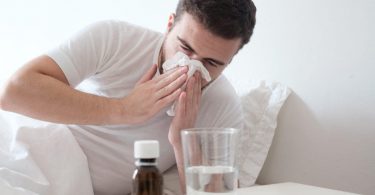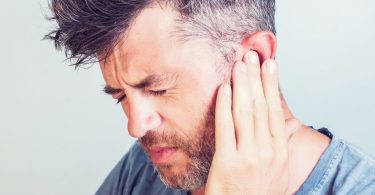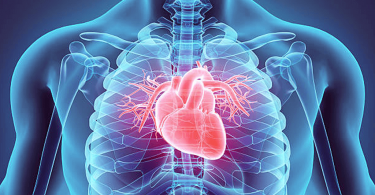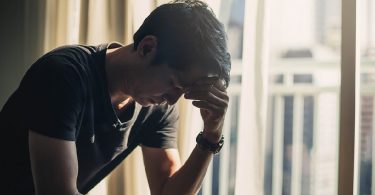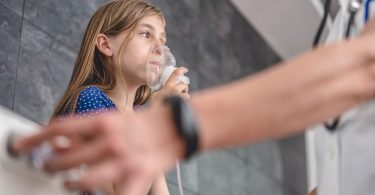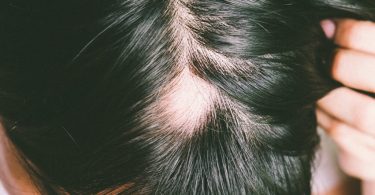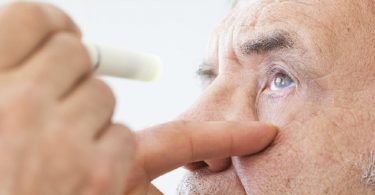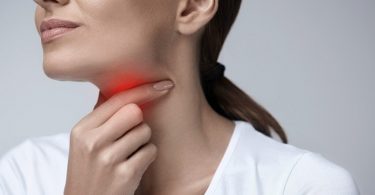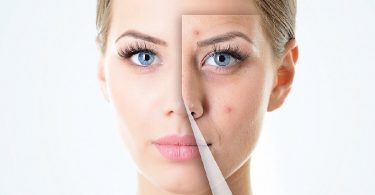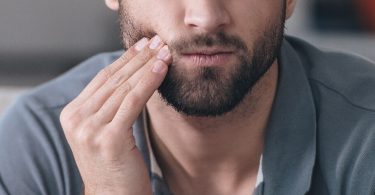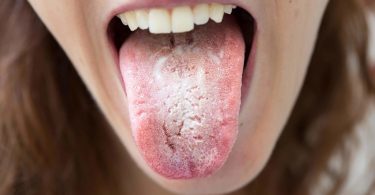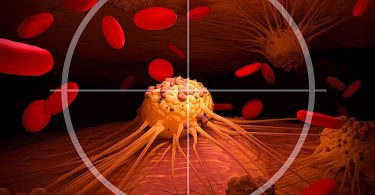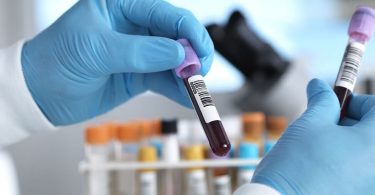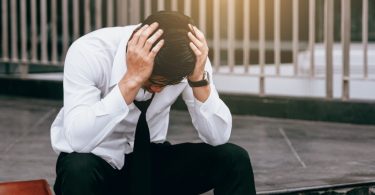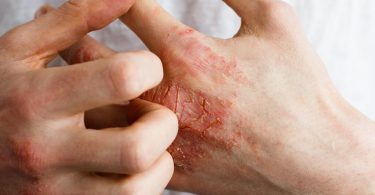In this article we will talk about : Burn causes, symptoms and treatment.
Contents
Burn definition
The burn is a lesion of the skin and mucous membranes caused by contact with flames, a boiling liquid, a hot object, electric current, chemicals or cold.
They can represent a vital emergency depending on their importance.
Burns particularly affect children and the elderly.
The different types of burns
The severity of the burn depends on the percentage of the body surface reached and the degree of damage caused to the different tissues:
- 1st degree burns affect the outer layer of the skin (epidermis). They usually heal in 2 or 3 weeks;
- 2nd degree burnsreach the first two layers of the skin (epidermis and dermis). They can be superficial (the upper part of the dermis is affected) or deep (the whole dermis is affected). When they are superficial, they usually heal in 2 or 3 weeks and unless they have been infected, they rarely leave scars. However, when they are deep, they require more than 3 weeks to heal and often leave scars.
Third degree burns: a life-threatening emergency
The third degree burns affect the entire thickness of the skin (epidermis, dermis and fatty tissue). Complications of severe burns can be:
- dehydration;
- the infection;
- unsightly scars;
- retractable bridles (a kind of tight suture made during healing).
Death is a possible outcome.
Burn causes
The burns are part of the most common household accidents.
They are generally caused by a very strong heat source (fire, sun, hot liquid, electricity, smoke, etc.) or chemicals.
Burn symptoms
The importance of symptoms during a burn depends on the degree of involvement.
Symptoms of 1st degree burns
For a 1st degree burn:
- the skin is red and painful, sometimes swollen;
- it becomes white if slight pressure is applied;
- there is no bubble or vesicle.
Symptoms of 2nd degree burns
During superficial 2nd degree burns:
- the skin becomes red, painful and sensitive;
- it bleaches when pressed;
- blisters and blisters form within 24 hours.
If the 2nd degree burn is deep:
- the skin is white, red or mottled red and white;
- it does not whiten and is less painful than superficial burns;
- vesicles and bubbles may appear.
Symptoms of 3rd degree burns
The burns 3rd degree can be:
- white, black, brown or bright red;
- flexible, calcined or cardboard;
- they do not bleach when pressed and are not generally painful (the skin is anesthetized);
- there is neither vesicle nor bubble;
- they can destroy the muscles and reach the bone.
Burn prevention councils
In order to prevent the occurrence of burns, it is necessary to avoid exposure to the sun at the hottest hours (late morning, early afternoon).
Cooking, a source of danger for children
Particular care must be taken in the kitchen because this room can represent a source of danger for children:
- provide the oven door with an insulating protection, to prevent it from burning your hands on it;
- turn the handles of the pans inwards;
- pay attention to the opening of the electric fryer or the pressure cooker (risk of oil or steam jets);
- monitor the hotplates which stay hot long after they have been turned off…
Pay daily attention:
- in the living room (fireplace);
- in the garden (barbecue).
Keep lighters and matches out of the reach of children. Install special “anti-electric shock” electrical outlets.
Burn exams
The management of the burn depends on its degree of severity, its location and its extent.
The hospitalization of the injured person depends on several factors:
- the extent of the injuries;
- the type of burn;
- their location;
- age (children, elderly);
- the possibility of proper home care…
Burn treatment
In the event of a minor burn, the first step is to apply abundant room temperature water to the affected area for at least 10 minutes, then wrap it in a sterile compress or in a clean, damp cloth. Take a paracetamol pain reliever to calm the pain.
Most of the time, a minor burn heals spontaneously in three weeks. Nevertheless, a medical consultation is generally advised.
Treatments for second degree burns
The second degree burns superficial claim:
- disinfection and sterile dressings to change daily;
- monitoring the appearance of a fever during the 48 hours following the injury. It can signal an infection-like complication.
For deep 2nd degree burns, hospitalization is often necessary.
Treatments for major burns
In the event of a major burn, it is essential to call the emergency services if the burn is deep, greater than the surface of one hand, located in the face, chest or genitals. Treatment must be carried out by medical assistance.
Certain measures must be taken while waiting for their arrival:
- try to carefully extinguish the fire or disconnect the electrical appliance in question;
- ensure that the victim is no longer in contact with a hot substance (clothing, debris, etc.);
- check if the victim is aware if another person is present;
- run cool or room temperature water over the affected area for at least ten minutes to prevent lesions from spreading if the burned area is small;
- cover the wound with sterile wet and fresh compresses or a clean damp cloth;
- avoid touching major burns and blisters.
The third degree burns demanding hospitalization in a specialized center. A repairing cosmetic surgery is generally carried out after healing of skin lesions.
In all cases:
- if the clothing is stuck to burned skin, do not remove it;
- do not apply cream, ointment, fatty substances (butter, etc.);
- do not apply an adhesive bandage, cotton pad or tissue to the burn.
Homeopathy, herbal medicine and aromatherapy can be effective in addition to appropriate treatment.
Homeopathy
While waiting for a medical consultation and when the burn is slight without signs of gravity, it is possible to take 3 granules 3 times a day of the appropriate remedy from the following list:
- Apis mellifica 9 CH if the burn is associated with swelling;
- Belladonna 9 CH when the burn has a red swelling;
- Rhus toxicodendron 9 CH in case of burns with a small blister;
- Cantharis 9 CH, during a burn with a large blister.
Phytotherapy
For light and moderate burns , apply three times a day:
- an oil of St. John’s Wort or marigold (do not go into the sun afterwards);
- the balms of the monks soothing for pain and scarring.
Aromatherapy
Aromatherapy can be used to relieve burns.
Mix the essential oils of lavender, chamomile and geranium rosat, 5 drops each in 15 ml of St. John’s wort lipid extract, a few massage drops, three times a day.
Please note, restrictions exist for children under 6 and pregnant women. Imperatively to see the precautions for use of any essential oil before use.
Read also:
Panic attack: causes, symptoms and treatment
Bronchiolitis: causes, symptoms and treatment
Bulimia: causes, symptoms and treatment
Botulism: causes, symptoms and treatment
Asbestosis: causes, symptoms and treatment
Osteoarthritis: causes, symptoms and treatment

